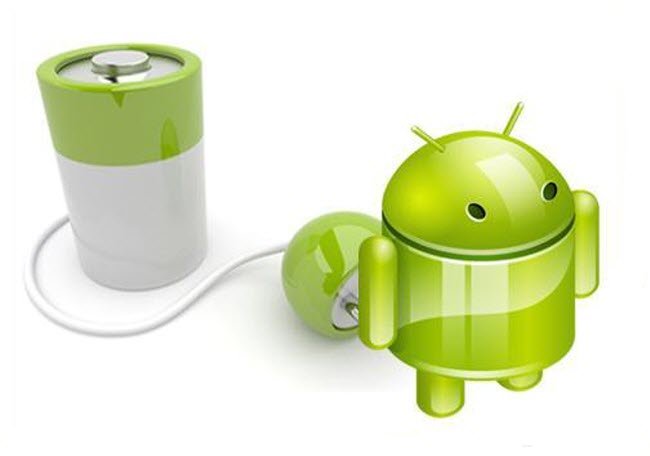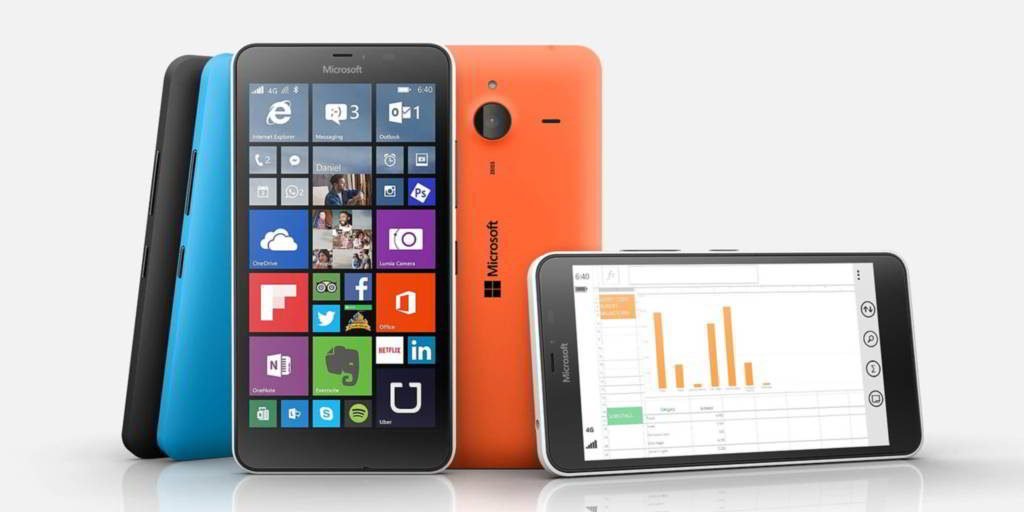 1. Turn off “Keep mobile data” (4G or 3G) or Wifi. When switched on all of the time, it uses battery. There is no need to be notified in real time about every new email, Facebook post, or tweets. If it isn’t that important, then “keep mobile data” and Wifi off until you really need it. Although, most devices make it easy to toggle wifi off and on, it’s a little more inconvenient to toggle mobile data with the stock controls. Try Power Toggles app, which is very customizable and easy to use. Another popular choice is Widgetsoid app.
1. Turn off “Keep mobile data” (4G or 3G) or Wifi. When switched on all of the time, it uses battery. There is no need to be notified in real time about every new email, Facebook post, or tweets. If it isn’t that important, then “keep mobile data” and Wifi off until you really need it. Although, most devices make it easy to toggle wifi off and on, it’s a little more inconvenient to toggle mobile data with the stock controls. Try Power Toggles app, which is very customizable and easy to use. Another popular choice is Widgetsoid app.
-
The biggest power drain is usually from the screen. The longer it’s on and the brighter it is, the faster your battery drains. Adjust your screen timeout so that it turns off after 30-60 seconds of idle. Turn the brightness down to 50% or less, which is usually more than enough for indoor lighting. Automatic brightness may or may not help save battery.
-
Many apps by default will try to refresh their data on the web at certain intervals. In order to do so, they have to partially wake the device up from sleep, then try to access the web, and then refresh data, all of which uses battery. If you don’t need realtime updates, you can typically change to manual refresh in the app’s Settings, which prevents the app from waking up the device. Facebook for an instance, all you need to do when you open the app is just swipe down, and your newsfeed will manually refresh to what’s current status updates.
-
Google Currents is notorious for being a memory and battery hog. Many people have reported that battery life improved significantly after changing its refresh setting to manual and/or disabling Google Currents completely. Google Currents has since been replaced by Google Play Newsstand, which manages memory much more efficiently, without the same battery drain.)
-
Along the same lines, consider turning off the device’s Background Sync. You can find the switch to turn it on or off under Settings/Accounts/Google, but it’s easier to use the stock Power Control toggle or the better Power Toggles or Widgetsoid apps. Turning off Background Sync means the device is spending less time and energy syncing your Google account. If Background Sync is off, you can always manually refresh any of the Google apps within their respective menus.
-
Some apps partially wake a device up from sleep called a “wake lock”, numerous times a day to do things like trying to check the web for data updates as well as reporting location data. Install an app to detect wake locks like Wake Lock Detector. Let it run for the better part of a day, then open it and find out what apps are responsible for the most wake locks. Update 7/2014: KitKat no longer allows apps like this to report wakelocks unless your rooted.
-
Google Maps was burning up a fair amount of battery due to its Location Reporting previously for Latitude, now used for Google+. If Location Reporting is turned on, then Maps causes very frequent wake locks to check location and reporting. Latitude wasn’t that popular, you certainly didn’t want to use it, because you don’t really want other people to know exactly where you are, so turn off Location Reporting by opening Maps, tapping Settings/Google Location Settings, and turning off Location Reporting. Note: that this method does not affect the ability of your apps to use your location to refine searches.
-
Widgets are definitely a cool feature that makes Android unique, but some of them also contribute to battery drain, specifically the ones that need to access the web to update their information such as weather widgets. Review your widget use and remove the ones you really don’t use regularly.
-
Live wallpapers, another feature that distinguishes Android, can also use up so much power, typically the ones that are very graphics/animation intensive or the ones that also access the web for information like weather data. Use static wallpapers instead, but if they’re too boring, here’s a list of some of live wallpapers that use minimal battery power:
-
Vibration function uses a lot of power. You really don’t need your phone to ring and vibrate at the same time. You really don’t need the haptic feedback when you’re typing especially if you’re using Swype-style gesture typing. Turn off “Vibrate on keypress” option.
-
GPS function is another big power drain. For most location-based apps, using Google Location Services based on the Wifi hotspot’s MAC address or by triangulating your nearest cell towers is enough to do the task, since it generally locates you accurately within about 100 meters. Use GPS only if you need a more precise location, like if you’re driving and using Navigation. Otherwise, turn off GPS by changing the setting to “Battery Saving.”
-
You never know what kinds of processes the bloatware on your device might be responsible for, but they might be contributing to battery usage as well. Go to Settings/Apps/All Apps, go through the list, and disable any bloatware apps that you don’t need. Be cautious that you don’t want to disable an important system app. If you aren’t sure, just post a question in one of the mobile devices related discussion forums and someone there will help.
-
Resist the urge to use task killers apps. Yo need to understand how Android utilizes RAM. You can Google or Wiki up for informations. For Apps that you kill manually will often restart on their own, which in itself takes a little bit of CPU and battery power. So if it’s happening hundreds of times a day, it can become significant. The main reason to use a task killer is if there is some runaway process that you know is bogging the system down and won’t shut down on its own, it might still restart on its own. If the cycle keeps happening, it’s probably a problem with the app, which should be uninstalled or disabled.
-
Poor cell reception can kills battery, because the radio is working overtime to try to establish the connection. If you know you’re going to be in an area of poor reception for a while, consider turning on Airplane Mode to temporarily shut off your cell radio. You can get some idea of how much time you’re spending in an area of poor signal by going to Settings/Battery, tapping Cell Standby, and seeing if it says how much time without signal there was.
-
If none of the above tips are helping, the last resort is by wiping the cache partition, which is the portion of memory where Android stores a lot of temporary data. It’s a little different from clearing the cache of individual apps, because the cache partition also stores a lot of temporary data used by the system. You need to access your device’s recovery menu in order to wipe the cache partition, and this process varies with the device, so the best way to learn how to do it is to do a web search for “wipe cache partition + your device name.” Here’s an example tutorial by Motorola: Wipe Cache Partition – DROID RAZR / RAZR MAXX.
Related articles
- Mobile App Developer (reed.co.uk)
- Will local online marketing help reach new customers? (business.yell.com)
- Geotagging: Do More with your Images and Videos | Digital Photography and Geotagging from Nikon (nikonusa.com)
- Merging Google Plus Local with Places (business.yell.com)
- Stop Worrying About the New Google Maps; These URL Parameters Are Gold (moz.com)
- MokBee Maps: Find Me Here; Take Me There Is Available Now for Android (prweb.com)
- Digital Marketing News: It’s Time for Timeline (digitalsurgeons.com)
- Mobile App Developer (reed.co.uk)
- Roam If You Want To: Wireless Tips for the International Traveler (mint.com)

